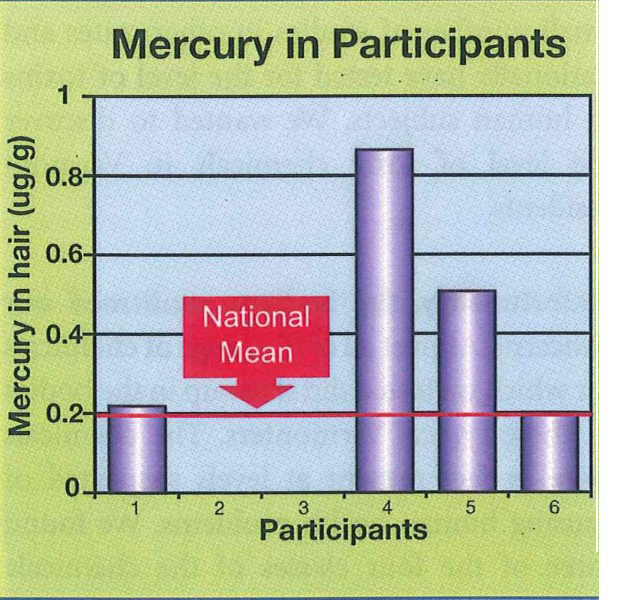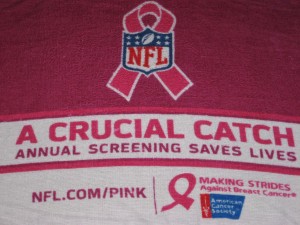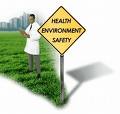 The more we learn about the 80,000-100,000 unregulated chemicals out there, the more we realize how dangerous some are to our health. There is growing evidence linking chemical exposure to infertility, pregnancy loss, adverse birth outcomes, various cancers and other health issues. Can you believe that the steepest rise in infertility in past 13 years—an increase of 41%—has been for women 25 and under? It’s time to clean up these chemicals.
The more we learn about the 80,000-100,000 unregulated chemicals out there, the more we realize how dangerous some are to our health. There is growing evidence linking chemical exposure to infertility, pregnancy loss, adverse birth outcomes, various cancers and other health issues. Can you believe that the steepest rise in infertility in past 13 years—an increase of 41%—has been for women 25 and under? It’s time to clean up these chemicals.
State by state, environmental health advocates are pushing for chemical reform and now Vermont has joined that effort. Representative Willem Jewett is sponsoring bill H.484, an act relating to the regulation of toxic substances. This bill is a common-sense first step to removing toxic chemicals from everyday products, getting important chemical information into the hands of consumers and retailers, and engaging market forces to encourage innovation and safer technology.
PPNNE’s Senior Public Affairs Director, Chris Quint, testified in support of this bill today. Here’s an excerpt from his testimony:
“It is becoming increasingly clear to those of us who work for reproductive justice — who have long fought for a woman’s right to control her reproductive destiny — that we must begin to turn our attention to the environmental toxins that are affecting the ability of couples to become pregnant, have a healthy pregnancy, and give birth to a healthy child. PPNNE believes that it is our responsibility as a health care organization to help our patients make the link between human health and the products we put in our bodies, on our bodies, and in our homes. We also believe that it is appropriate and responsible for our government to do its part as well by working to prioritize the worst of the worst chemicals and require manufacturers to disclose the use of those chemicals in the products that Vermont women and families use every day. For these reasons, PPNNE is proud to support H.484 and would urge the committee to join us.
This bill establishes a common-sense framework based on credible scientific evidence for promoting safer alternatives to known harmful chemicals that place kids’ health at risk from contact with everyday products. The bill takes a first step toward fixing our broken chemical safety system. It establishes a workable process, market incentives and new state policy tools. Implementation of the bill can begin with existing state resources. Vermont has already cost-effectively replaced toxics like mercury, arsenic and deca with safer alternatives.”
In order to pass this critical legislation though, we all need to voice our concern. I bet you are going to ask what you can do to help, right? Call your local represenative and let them know you support Representative Jewett’s bill for comprehensive chemical reform and they should, too! You can also follow our live tweets from the testimony.


 The
The  The more we learn about the 80,000-100,000 unregulated chemicals out there, the more we realize how dangerous some are to our health. There is growing evidence linking chemical exposure to
The more we learn about the 80,000-100,000 unregulated chemicals out there, the more we realize how dangerous some are to our health. There is growing evidence linking chemical exposure to 



